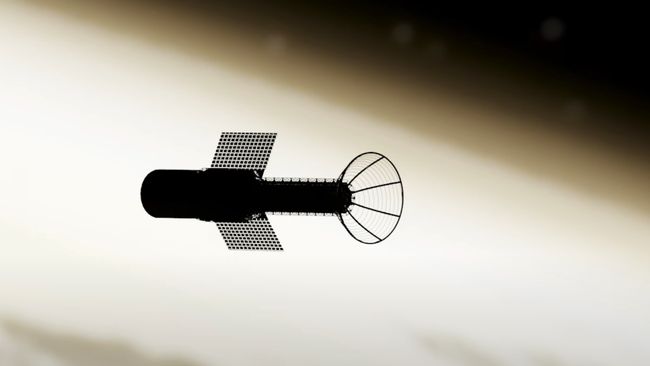Development could be key to establishing a permanent base on Mars
Landing people on Mars — one of the main goals of space agencies, but there are many technical challenges on the way to its implementation. One of the key — the need for fast and efficient transportation of cargo and crew. Existing rocket technologies make it possible to make flights within 6-9 months, depending on the relative positions of the planets.
An innovative pulsed plasma rocket system (PPR), being developed by Howe Industries for NASA, could be a solution to this problem. According to the aerospace agency, the technology can reduce the flight time to Mars to just two months.
The PPR unit motor has a very high specific impulse (Isp) — a key indicator of rocket engine efficiency. This is achieved through the use of an energy system based on controlled atomic fission, which makes PPR much more compact and more efficient than previous analogues.
A more powerful and compact engine will also allow the spacecraft to be equipped with additional protection from galactic cosmic rays — one of the main dangers for the crew during long interplanetary flights.
The PPR concept is currently in the second phase of research within the NASA Innovative Advanced Concept (NIAC) program. At this stage, developers will focus on optimizing the engine design, conducting experimental tests and creating a protected spacecraft for manned flights to Mars.
Successful implementation of the PPR project could be a key step towards creating a permanent human base on the Red Planet — NASA's long-time dream.

